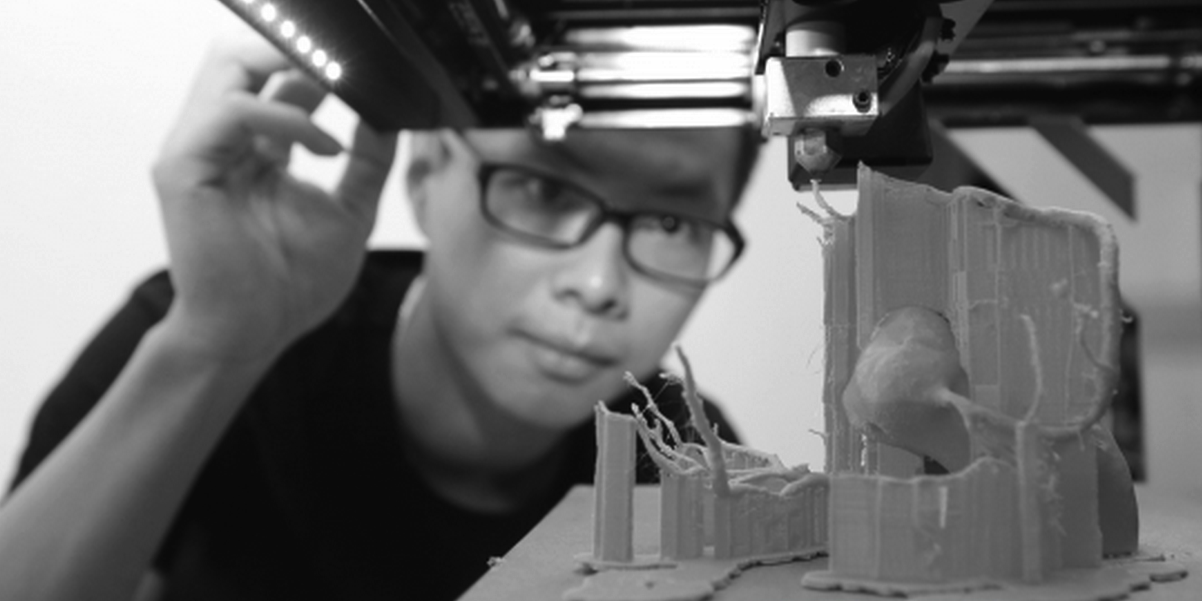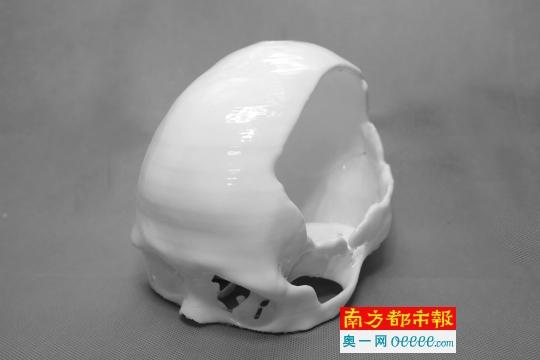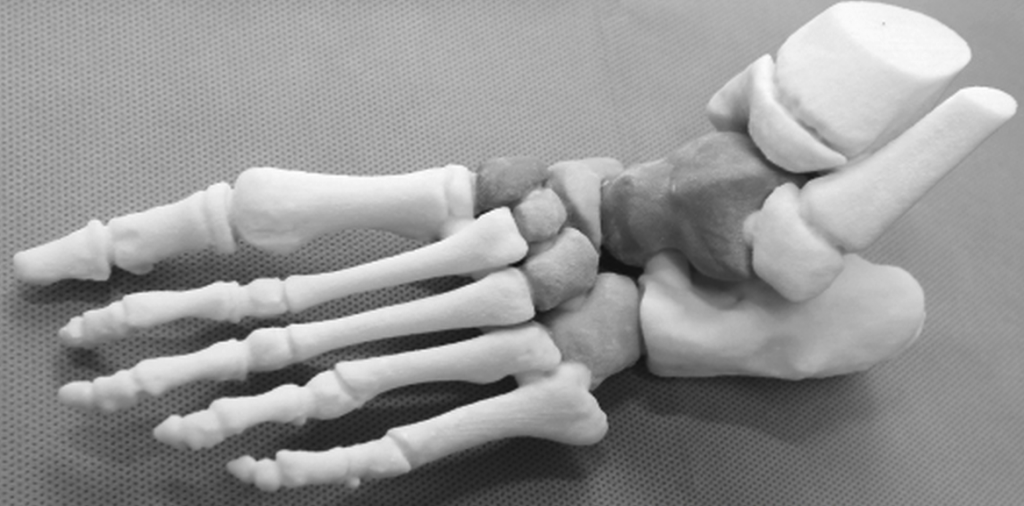 You can mark my words that one day we will see entirely 3D printed organs, bones, and other bodily tissues implanted into human beings. Perhaps it won’t be for another 10, 20, 50 or 100 years, but one day in the future we will surely see this breakthrough emerge. Some may say we aren’t all the far off, with companies like Organovo and BioBots bringing 3D bioprinting to market. While we aren’t at a point where entire organs can be fabricated on a 3D printer and then implanted into an individual, we are getting closer and closer each and every day, thanks to continual research taking place around the world.
You can mark my words that one day we will see entirely 3D printed organs, bones, and other bodily tissues implanted into human beings. Perhaps it won’t be for another 10, 20, 50 or 100 years, but one day in the future we will surely see this breakthrough emerge. Some may say we aren’t all the far off, with companies like Organovo and BioBots bringing 3D bioprinting to market. While we aren’t at a point where entire organs can be fabricated on a 3D printer and then implanted into an individual, we are getting closer and closer each and every day, thanks to continual research taking place around the world.
In Guangdong, China, at the Southern Medical University, a lot of progress is being made, thanks to Dean Professor Huang Wenhua. Wenhua and his students are using high-precision 3D printers to print out pure bone structures, made up of bone powder and a type of “bio-glue”. Unlike implants which we have seen in the past that feature 3D printed titanium powder, Wenhua’s structures are made up entirely of bone material, with no printed metal involved whatsoever.
“Optimistically, we hope to be able to use these 3D printed bones in real clinical cases within the next 5-6 years, but there is still a long way to go,” Huang Wenhua explained.
 In order to reach this ultimate goal, which is one that seems entirely feasible, researchers will need to continue developing new 3D printable high-density materials as well as continue their research into biomechanics. This will be a task that two of the school’s professors, named Ouyang Jun and Qiu Xiaozhong, will be working on. So far the team has been able to 3D print both goat and rabbit bones, and the hope is for further advancement in the coming months and years ahead.
In order to reach this ultimate goal, which is one that seems entirely feasible, researchers will need to continue developing new 3D printable high-density materials as well as continue their research into biomechanics. This will be a task that two of the school’s professors, named Ouyang Jun and Qiu Xiaozhong, will be working on. So far the team has been able to 3D print both goat and rabbit bones, and the hope is for further advancement in the coming months and years ahead.
While 3D printing has played a significant role in aiding surgeons during complicated procedures, thanks to 3D printed medical models, Wenhua doesn’t think this is where the technology will make its ultimate impact.
“These are just for reference value, and not actually useable implants,” Wenhua said.
He also thinks that 3D printing actual bone has many more benefits to a patient then simply 3D printing titanium implants. While titanium usually is not rejected by the body’s immune system, at times it still is. On the other hand, with real human/animal bone Wenhua believes this would never be an issue.
“Using allogeneic bone powder means the material is of the same biological species, thus it is much more biocompatible,” he explains.
The process that Wenhua and his students are using in order to 3D print these rabbit and goat bones is a process very similar to what we are used to seeing from desktop and industrial level 3D printers on the market today. The 3D printer first lays down a 0.1mm layer of bone powder, followed by a layer of biological glue. This process is repeated until an entire bone is printed out. This may at times require thousands or even tens of thousands of printed layers for a full bone to be fabricated.
The researchers are not quite there yet when it comes to implanting these bones into actual living creatures, but progress is being made. They note that rejection is still an issue, although they’ve found that the experimental rabbit and goat bones held up to just as much pressure as real bones do. So far the largest bone that they have printed measures just 15 cm in length. Anything larger than this becomes extremely fragile in it’s printed state, thus further studies in biomechanics are required and stronger biological materials need to be discovered.
“We all know that if you exert a large impact on the human tibia, a bone fracture will occur, but exactly how much force is needed to cause this fracture? No one has really studied that,” Wenhua explans. “Tissue engineering is an emerging interdisciplinary, involving materials chemistry, cytology and biomedical engineering in the areas of technology and tools, it is a new growth point of anatomy.”
 While Wenhua still thinks we are years away from seeing actual 3D printed bones being implanted into the human body, he has begun to really focus on trying to use 3D printing technology in order to help victims of amputation. He believes that if active cells can be 3D printed using stem cells of a patient, virtually any bone, organ or other bodily tissue could be fabricated for a patient in a lab setting.
While Wenhua still thinks we are years away from seeing actual 3D printed bones being implanted into the human body, he has begun to really focus on trying to use 3D printing technology in order to help victims of amputation. He believes that if active cells can be 3D printed using stem cells of a patient, virtually any bone, organ or other bodily tissue could be fabricated for a patient in a lab setting.
“Currently, 3D printing has joined the Guangdong Provincial Institute of the 3D printing industry innovation alliance. Utilizing biomechanics and the perfect combination of tissue engineering, we are confident that private custom 3D printed healthy organs will become a reality in the future.”
It’s just a matter of time before amputees and other individuals will be able to have full bones 3D printed for them in a lab, and then implanted into their bodies. It’s not a question of “if” it will become a reality, but rather of “when?”. What do you think? Will we see full 3D printed bones and organs in our lifetime? Discuss in the 3D Printed Rabbit and Goat Bone forum thread on 3DPB.com.
Subscribe to Our Email Newsletter
Stay up-to-date on all the latest news from the 3D printing industry and receive information and offers from third party vendors.
Print Services
Upload your 3D Models and get them printed quickly and efficiently.
You May Also Like
Reinventing Reindustrialization: Why NAVWAR Project Manager Spencer Koroly Invented a Made-in-America 3D Printer
It has become virtually impossible to regularly follow additive manufacturing (AM) industry news and not stumble across the term “defense industrial base” (DIB), a concept encompassing all the many diverse...
Inside The Barnes Global Advisors’ Vision for a Stronger AM Ecosystem
As additive manufacturing (AM) continues to revolutionize the industrial landscape, Pittsburgh-based consultancy The Barnes Global Advisors (TBGA) is helping shape what that future looks like. As the largest independent AM...
Ruggedized: How USMC Innovation Officer Matt Pine Navigates 3D Printing in the Military
Disclaimer: Matt Pine’s views are not the views of the Department of Defense nor the U.S. Marine Corps Throughout this decade thus far, the military’s adoption of additive manufacturing (AM)...
U.S. Congress Calls Out 3D Printing in Proposal for Commercial Reserve Manufacturing Network
Last week, the U.S. House of Representatives’ Appropriations Committee moved the FY 2026 defense bill forward to the House floor. Included in the legislation is a $131 million proposal for...


































